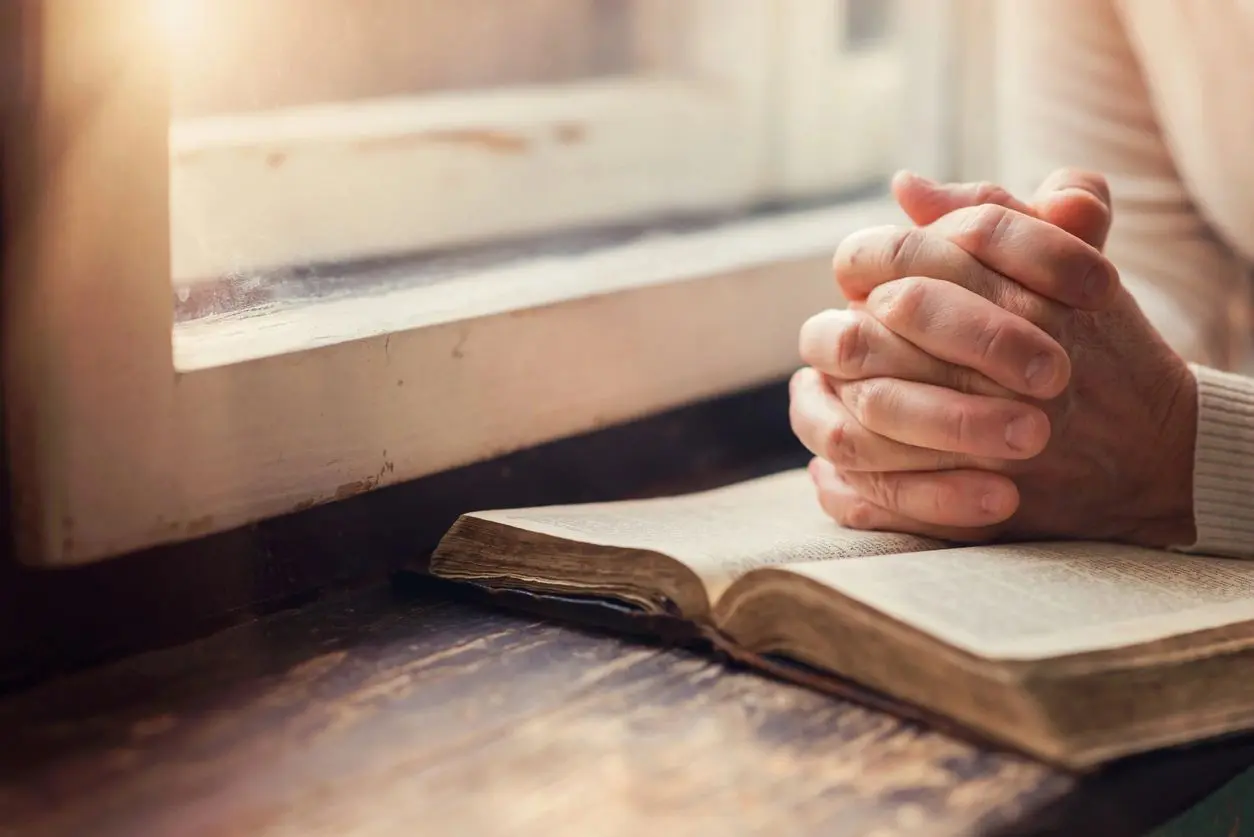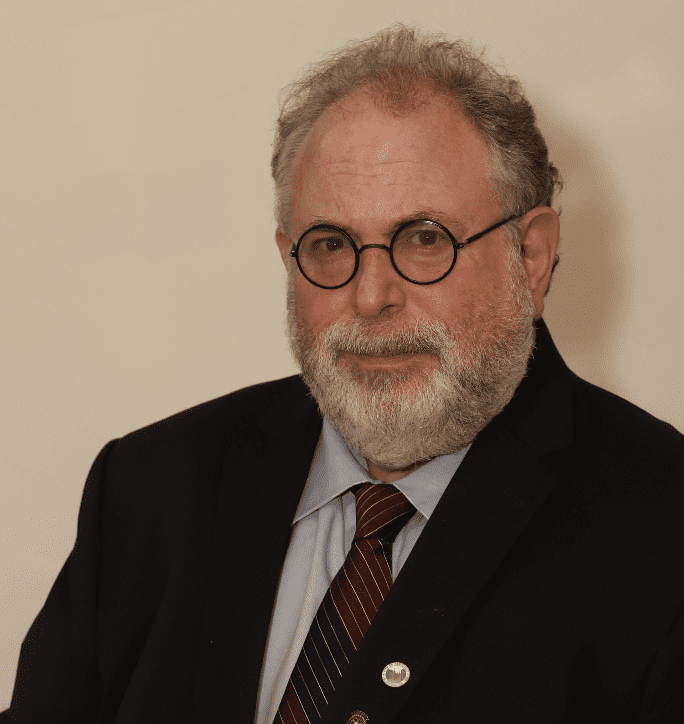Search Posts
Recent Posts
- Rhode Island Legislature Highlights Accomplishments for the 2025 Session June 25, 2025
- Sports in RI: Cody Tow, Volleyball Past, Present and Into His Future – John Cardullo June 25, 2025
- Need a Break? Time for Sour Grapes – Tim Jones June 25, 2025
- Rhode Island Weather Forecast for June 25, 2025 – Jack Donnelly June 25, 2025
- It is what it is: Commentary on 6.25.25 with Jen Brien June 25, 2025
Categories
Subscribe!
Thanks for subscribing! Please check your email for further instructions.

The wall of separation, church and state – Herb Weiss
By Herb Weiss, contributing writer on issues of aging
Lawmakers with strong religious beliefs can be found serving in state houses, congress, and state departments of education, etc., throughout the nation. Occasionally, we’ve seen the wall of separation of church and state crumble, or be taken up in the courts.
According to PEN America, between July and Dec. 2022, Texas school districts had the most instances of book bans with 438 bans, followed by 357 bans in Florida, 315 bans in Missouri, and over 100 bans in both Utah and South Carolina. The topics of banned books included race and racism, gender identity and explicit sexuality and health.
In Oklahoma, the state is purchasing 500 bibles to be placed in public schools. Louisiana becomes the first state to require public schools to display the Ten Commandments in classrooms, while some have long done so. With the Supreme Court overturning Roe v. Wade, and returning the abortion issue to the states, there have been state by state challenges, as well.
Those who oppose a strict separation of church and state say that these words do not appear in the U.S. Constitution. However, those calling for the wall to be made stronger say the concept is enshrined in the very first freedom guaranteed by the First Amendment: Congress shall make no law respecting an establishment of religion is the opening line of the First Amendment.
Plurality of Religions and Spiritual Seekers, too
The largest percentage of Americans identify with a Christian religion (Protestantism, Catholicism, and Non-specific Christiana). Others identify themselves as non-Christian, including Mormonism, Judaism, Buddhism, Islam, Hinduism, Jainism, Sikhism, Unitarian Universalism, Baha, Wicca and other Neopagan religions, and Native American religions.
And let us not forget those who do not believe choose to not affiliate with an organized religion, specifically, those who consider themselves an atheist or an agnostic. The main difference between the two being that an atheist does not believe in a God, or a higher power, while an agnostic does not believe it is possible to know if God exists.
But there are a growing number of Americans who view themselves as spiritual but not religious (SBNRs). These individuals do not believe in a formal need for a middle-man and attending a service in a defined structure in order to celebrate Easter, Christmas, Yom Kippur, or that attending weekly services is a way to connect with God.
Pew Research study
Last December, the Washington, DC-based Pew Research Center released a study whose finding indicated that in recent decades less Americans are identifying with organized religion. Seven in 10 adults describe themselves as spiritual in some way, including 22% who are spiritual but not religious (SBNRs) and don’t attend religious institutions, say the findings.
SBNRs is a relatively new term, actually derived by dating apps as a way to say a person was spiritual but not identifying with one religion or another. Respondents were more likely to see spiritual forces at work in nature than religious-and-spiritual Americans. For example, the findings indicated that 71% of SBNRs believe that spirits or spiritual energies can be found in parts of nature like mountains, rivers or trees while 59% believe that being connected with nature is essential to what being spiritual means to them.
Additionally, many SBNRs (45%) do claim a religious affiliation, although they don’t consider themselves religious or say religion is very important in their lives. They expressed more negative views of organized religion than religious-and-spiritual Americans, with 42% saying that religion causes division and intolerance.
The Pew survey also found that belief in spirits or a spiritual realm beyond this world is widespread, even among those who don’t consider themselves religious.
According to the Pew survey’s findings, 83% of all U.S. adults believe people have a soul or spirit in addition to their physical body while 81% believe there is something spiritual beyond the natural world, even if we cannot see it. Seventy four percent say that there are some things that science cannot possibly explain while 45% noted they have had a sudden feeling of connection with something from beyond this world. And 30% say they have personally encountered a spirit or unseen spiritual force.
Overall, 70% of U.S. adults can be considered spiritual in some way because they think of themselves as spiritual people or say spirituality is very important in their lives, noted the researchers.
Most of these people also consider themselves religious or say that religion is very important in their lives. There is enough overlap between what people mean by spirituality and what they have in mind by religion that nearly half of U.S. adults indicate they are both religious and spiritual.
However, 22% of U.S. adults fall into the category of spiritual but not religious. The new survey offers a rich portrait of this group, showing what beliefs, they hold, how they practice their spirituality and how they tend to differ from those who embrace the religious label. The researchers asked all surveyed respondents to describe, in their own words, what the term spiritual means to them. Their responses ranged from Being one with your soul, emotions, feelings, actions, or Connecting with the creator who is the source of my existence, providing strength, guidance, hope and peace. The word of God provides direction for my life.
Others responded by saying they believed in something larger and more creative than science. While not adhering to a particular religion, some acknowledged a higher power that exists above all that is.
These open-ended responses from the surveyed respondents illustrate the difficulty of separating spirituality from religion, say the researchers suggesting that “for many Americans, there is no clear dividing line.
The survey findings also indicated that 27% define spiritual by mentioning beliefs or faiths associated with organized religion. Many (24%) say the word spiritual is about connections, frequently with God, but also, in some cases, with one’s inner self. One-in-ten say spiritual relates to understanding themselves or guiding their own behavior.
Taking a Close Look, One’s Spiritual Beliefs
Half of the respondents believe that spirits can inhabit burial places, such as graveyards, cemeteries or other memorial sites, say the Pell researchers, adding that about 48% says that parts of the natural landscape“ such as mountains, rivers or trees“ can have spirits or spiritual energies.
Death is not the end of a person’s existence, say more than half of respondents (57%). They believe that in the afterlife, people definitely. or probably. can reunite with loved ones who also have died. About four-in-ten or more say that dead people definitely or probably can assist, protect or guide the living (46%), be aware of what’s going on among the living (44%) or communicate with them (42%).
Spending time in nature can enhance one’s spiritual connect, say 77 percent of the respondents who note they spend time outside at least a few times a month. Twenty-six percent see spending time with nature as a way to feel connected with something bigger than themselves or with their true self. Twenty-two percent say that meditation is one way to connect with their true self or with something bigger than themselves.
Finally, more than one-third of respondents revealed that they own a symbolic cross for spiritual purposes. Also, 15% admitted that they maintained a shrine, altar or icon in their home; 12% possess crystals for spiritual purposes; and 9% have a tattoo or piercing for a spiritual purpose.
A Final Note
Roger Williams, a Puritan minister and founder of Rhode Island, called on a high wall between the church and state to keep the wilderness of governments out of the activities of religion. He also believed in all religions, rather than no religion, a common misperception of Williams’ intent.
According to a posting on the Jefferson Monticello website, Thomas Jefferson sought to create a wall of separation between Church & State, rejecting the historical entanglement of government and religion he believed denied people a fundamental right of conscience and the right to think and decide for oneself so essential to a republic.
The U.S. motto, e pluribus unum, that we, as a nation, are gathered together as one out of many. With a new Congress and administration taking the reins of government next month, the rights and freedoms guaranteed to us in our Constitution are important to know and protect. We Americans believe that a variety of formal religions and other belief structures all lead to God.
The Pew Research Center survey of American spirituality, conducted July 31-Aug. 6, 2023, had a nationally representative sample of 11,201 members of our American Trends Panel. The margin of sampling error for the full sample is plus or minus 1.4 percentage points.
(Editor’s Note:) It’s not cut and dry nor easy to do. From a recent Columbia Daily Register article on the topic: The values and worldview of nations have a way of being recorded indelibly on their national monuments. Go to any country and look closely at the inscriptions, the plaques, the engravings on their monuments, and you will get a clue as to the founder’s beliefs. For our nation, go to Washington, D.C.” the seat of power for our federal government. If you cannot stand Christian symbols or scriptures being on display on federal government property, you are in for a big surprise.
Start with the Supreme Court and please notice the marble relief just outside the East Pediment of Moses holding the Ten Commandments. Also notice the large stone tablets with carved on the oak doors to the entrance of the Court Chamber. Next, take a trip to The Capitol Building and note paintings on display from Christian history eight of them in all. The Baptism of Pocahontas and Pilgrim William Brewster with an open Bible are a couple of notable ones. Carved reliefs with Christian messages adorn the Rotunda. From there visit the Library of Congress where you can find the Gutenberg Bible and the Giant Bible of Mainz proudly displayed in climate controlled cases. You will also notice several verses from the Bible displayed on the ceilings and the walls.
And, of course, office holders in our great land, have their choice of religious books or bibles upon which to place their hand when they are sworn in to serve our country – the most dramatic symbol will be that on January 20th. During his first inauguration, Donald Trump used two Bibles – his family Bible he took to Sunday school as a child, and the Abraham Lincoln Bible – both on display with other presidential bibles at the Museum of the Bible in Washington, DC.
To read the Pew Research Center’s (PRS) Report on Americans and Spirituality, click here: https://www.pewresearch.org/religion/2023/12/07/spirituality-among-americans/
Also, check out PRC’s reports on Separation of Church and State. Go to
___
To read more articles by Herb Weiss, go to: https://rinewstoday.com/herb-weiss/

Herb Weiss, LRI -12, is a Pawtucket-based writer who has covered aging, health care and medical issues for over 43 years. To purchase his books, Taking Charge: Collected Stories on Aging Boldly and a sequel, compiling weekly published articles, go to herbweiss.com.

